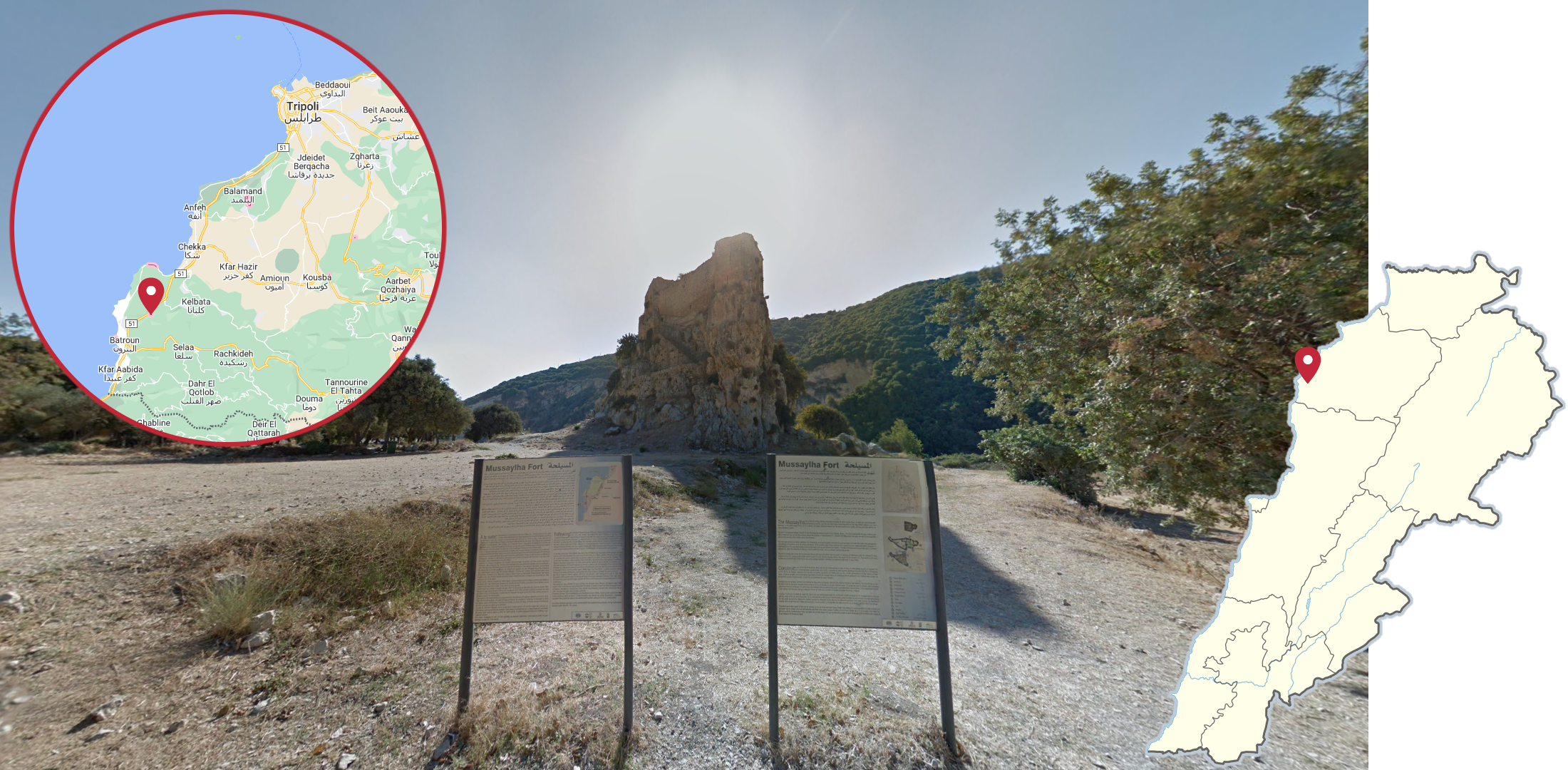
Lebanon
Standard Lebanese licence plates are either long with a blue strip on the left, similar to most licence plates in Europe, or short with a similar blue strip. Licence plates on taxis are notably deep red. You may also find licence plates with other colours.
While several types of architecture can be found on the Lebanese coverage, it is worth mentioning that many buildings are made of sandstone bricks.
NOTE: These bricks often look very similar to Jerusalem stone, commonly found in Israel and the West Bank.
Beirut is the capital of Lebanon and the only covered city with many modern high-rise buildings. While the city might not be clearly visible from all parts of the coverage, you will almost always be able to see urban buildings or infrastructure in the background.
Campus Debbieh of the Beirut Arab University consists of somewhat sparsely built large modern sandstone buildings on top of a forested hill. The ocean can typically be seen far away to the west.


























